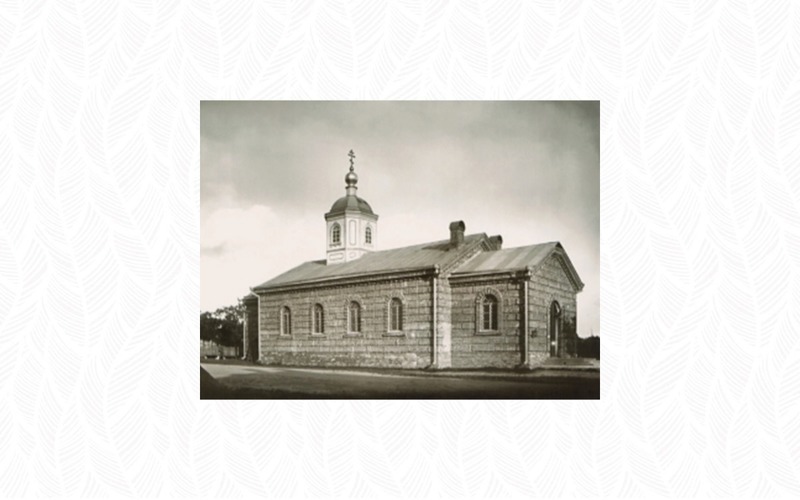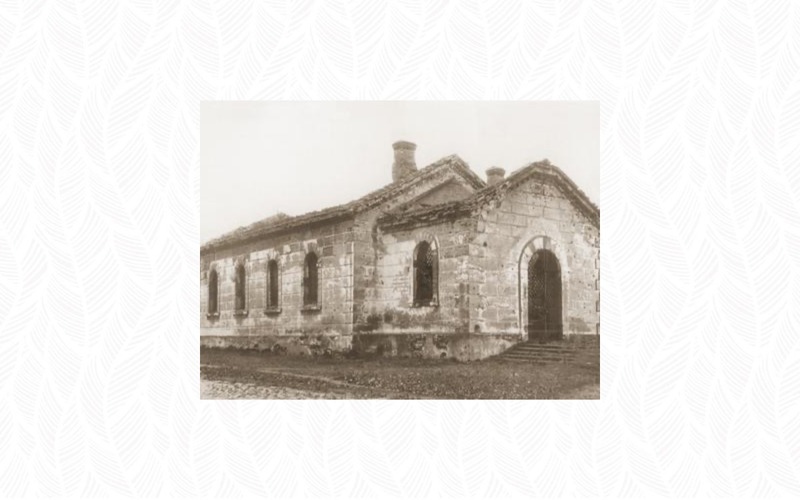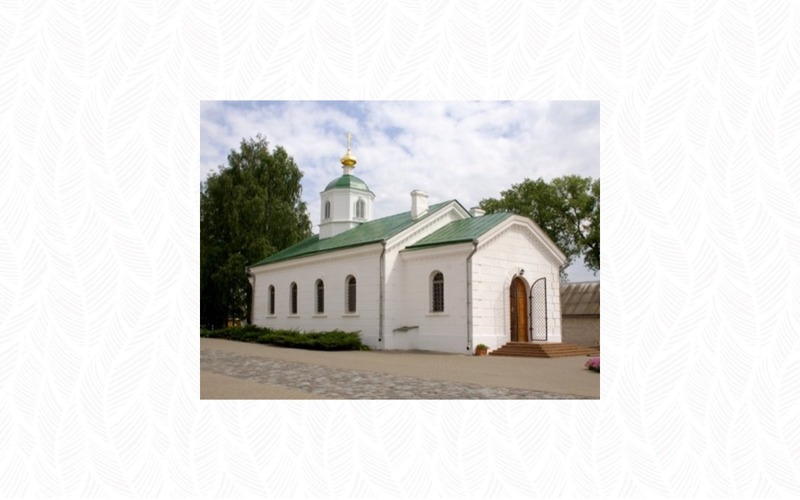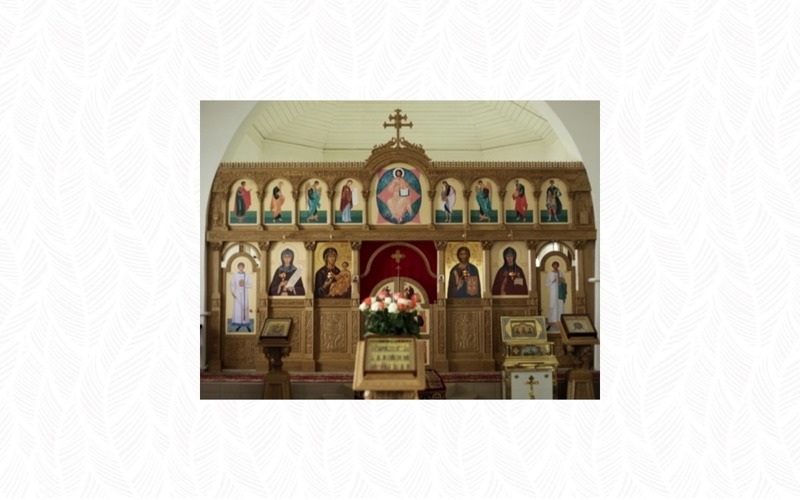- Vitebsk region, Polotsk District, Polotsk, E. Polotskaya street, 89/2
About the Church
Founded in 1841, the Convent of Saint Euphrosyne began its history with a single church dedicated to the All-Merciful Savior. However, with the revival of monastic life, it became clear that another sanctuary was needed for divine services. Already in 1842, a domestic church was arranged in the monastery house, dedicated to the founder of the monastery, the Venerable Euphrosyne of Polotsk.

Holy Euphrosyne Church. Late 19th-century photo.
The Great Patriotic War (the eastern Front of World war II) left its mark on the monastery's history, seriously damaging Euphrosyne Church. Photographs from the 1950s testify to the destruction, and the church remained in a semi-ruined state until 1987. From 1987 to 1989, the city authorities carried out major repairs, resulting in the installation of wooden choirs with stairs.

Holy Euphrosyne Church. 1950s photo
Transfiguration Church became the place for services on Sundays and holidays, while Holy Euphrosyne Church was used for baptisms, weddings, funerals, and other services. Since 1991, when the monastery was revived, Holy Euphrosyne Church temporarily served as a monastery refectory.

Today, Holy Euphrosyne Church hosts regular divine services, and on holidays and Sundays, an early Christian Liturgy is celebrated. The church is home to several relics, including revered icons of the Mother of God "Iviron" and "Pantanassa", as well as a reliquary and an oak coffin with the tomb of the Venerable Euphrosyne.

Iconostasis of the Holy Euphrosyne Church
Special attention is paid to the relics of the church. A reliquary was made to store a portion of the holy relics of the Venerable Euphrosyne, in which stones from holy places in Jerusalem and Mount Athos are embedded. This reliquary, crafted by master A.I. Khatskevich, became a testimony of reverence and devotion to the relic.